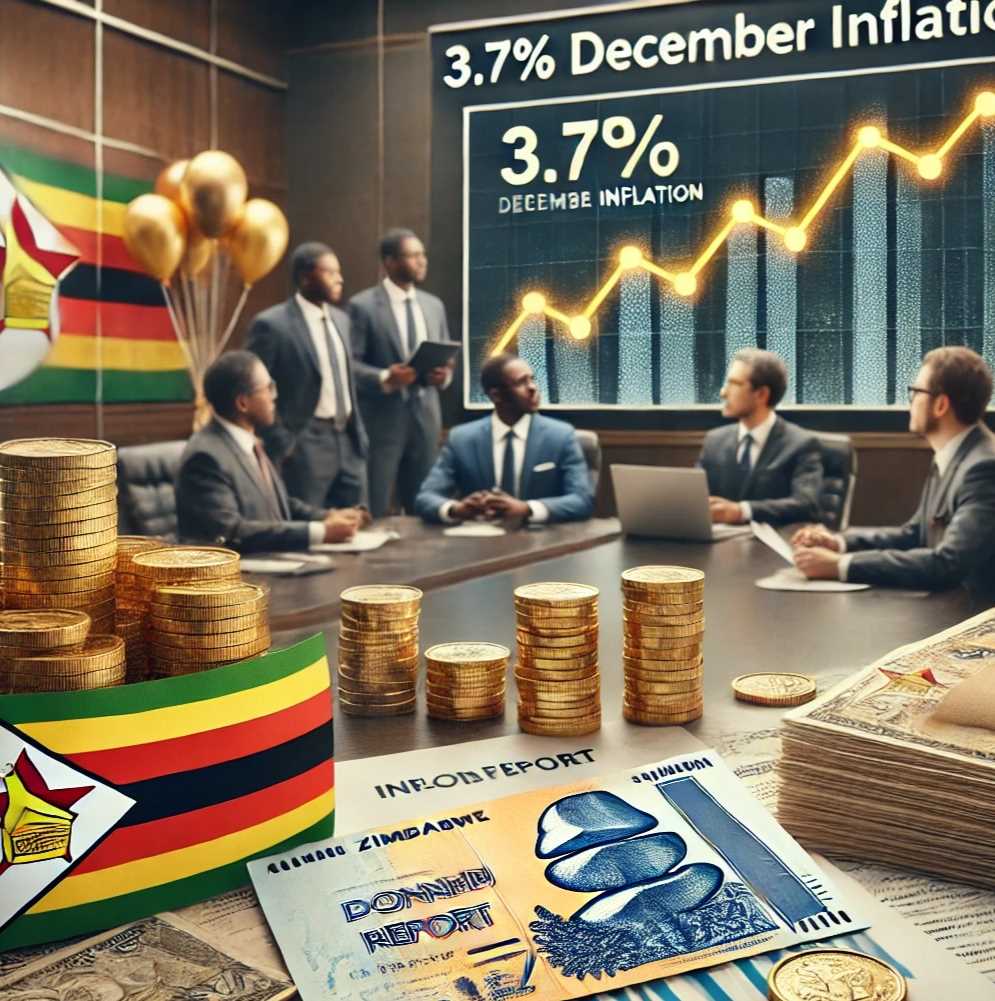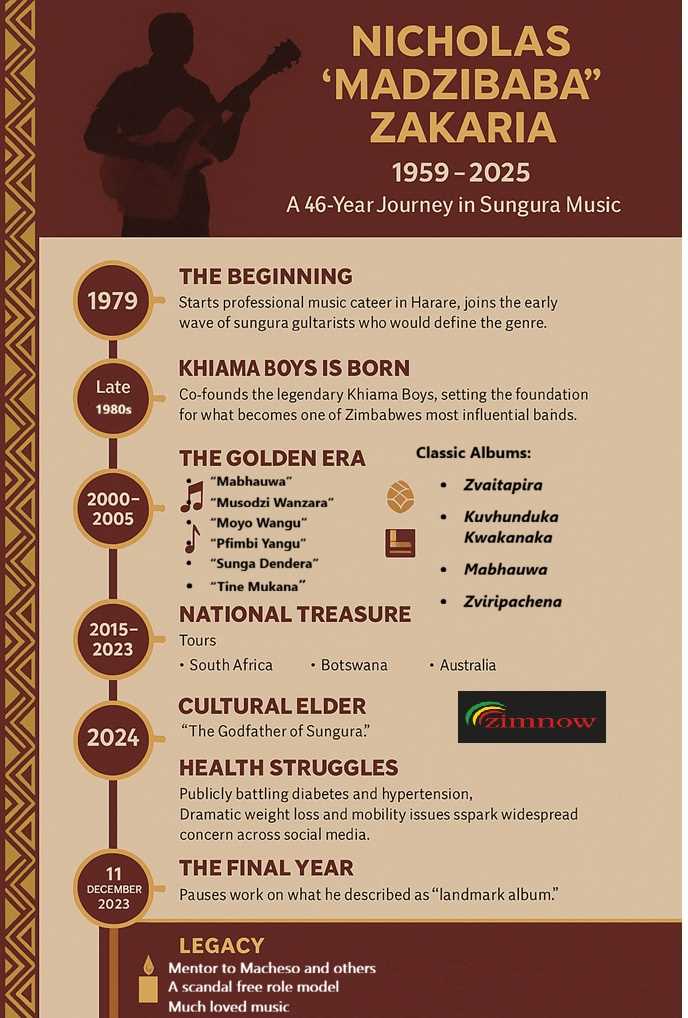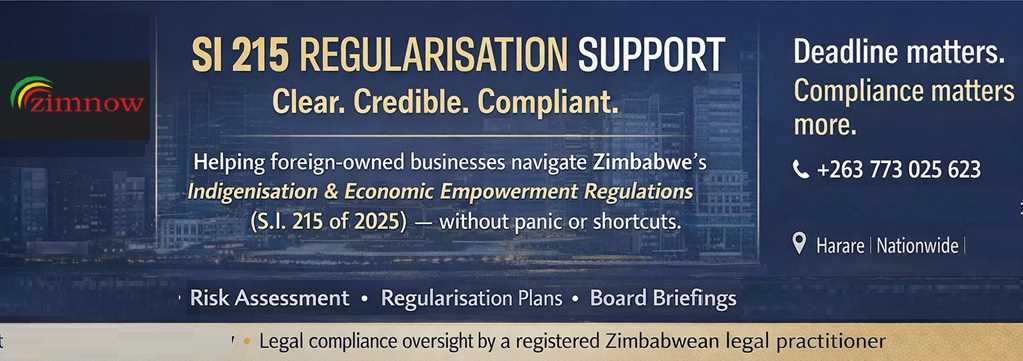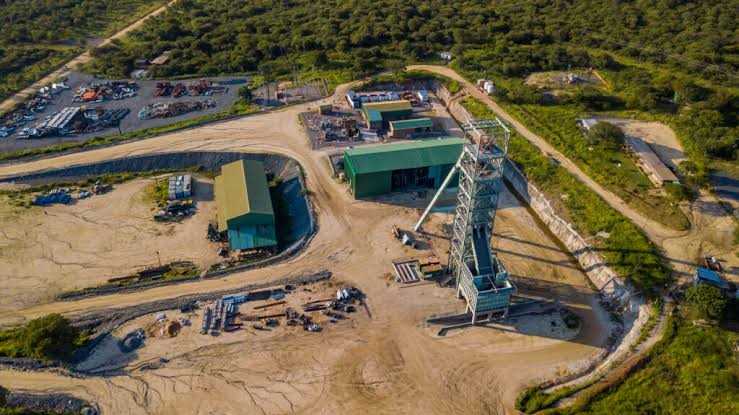
Zim Now Writer
Zimbabwe’s month-on-month inflation rate fell to 3.7% in December, a significant improvement from 11.7% recorded in November, according to data from the Zimbabwe National Statistics Agency.
The latest figures signal a sustained stabilization of prices and the local currency, the Zimbabwe Gold (ZiG), following targeted economic measures by the government.
The inflation rate had previously peaked at 37.2% in October but began to decline after the Reserve Bank of Zimbabwe devalued the ZiG by 43% in September. This move, along with tighter fiscal and monetary policies, has contributed to the easing of inflationary pressures.
Related Stories
Presenting the 2025 national budget in November, Finance Minister Mthuli Ncube projected continued stability in inflation, targeting an average below 3% for the upcoming year. The 2025 fiscal plan is grounded in single-digit inflation and a stable exchange rate to promote a conducive business environment.
However, Ncube cautioned against potential risks, warning that deviations, such as a widening gap between the official and parallel market exchange rates, could undermine macroeconomic stability.
With the new policies in place, Zimbabwe is setting its sights on maintaining price and currency stability, crucial for fostering investor confidence and driving economic growth.



















Leave Comments